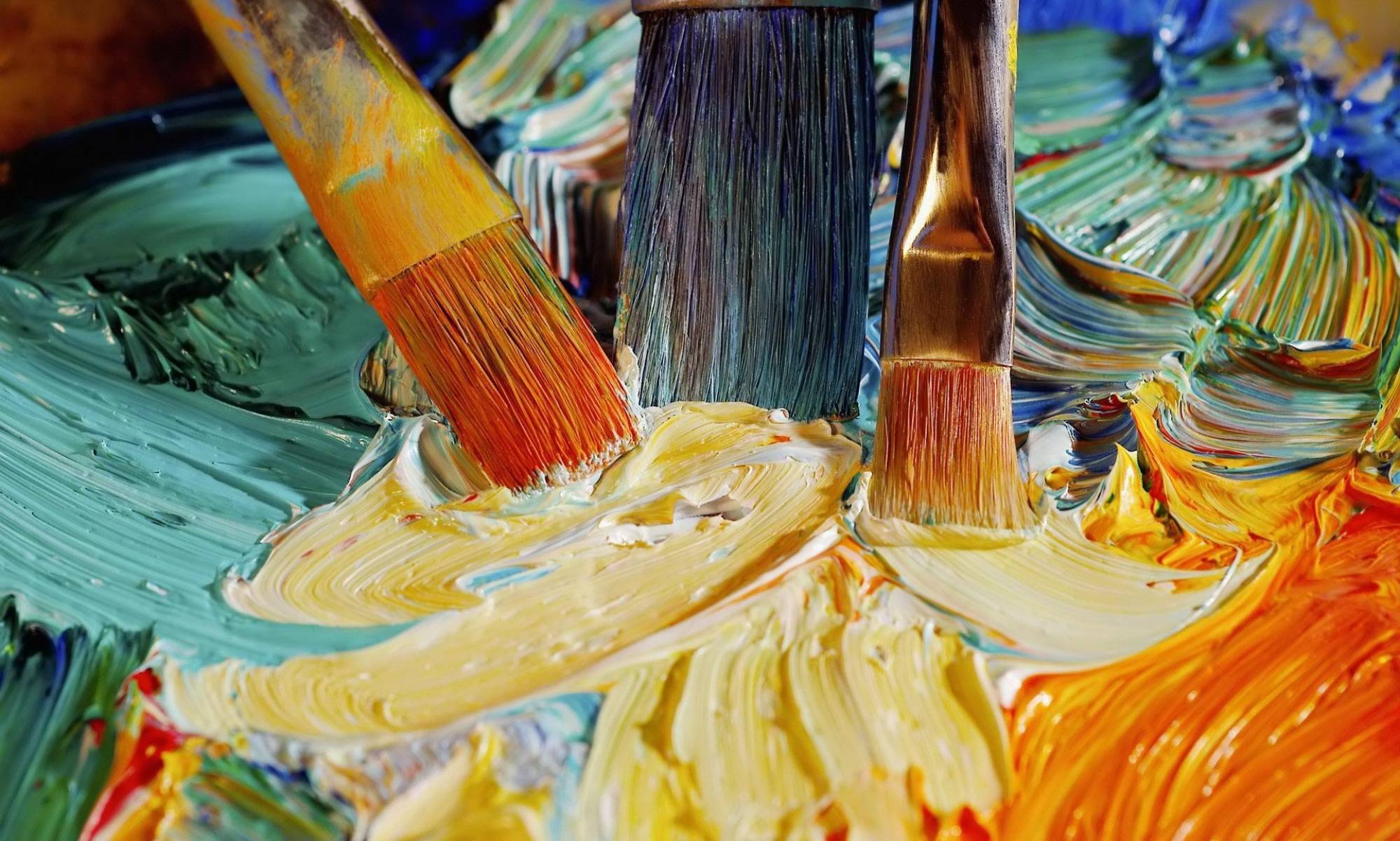Rules for All Exhibits
-
- Rotating exhibits and judged shows are open only to NAA members in good standing with all dues paid for the current membership year.
-
- Unless otherwise specified, only two-dimensional work is accepted, including painting, drawing, collage, printmaking, photography, digital art, and mixed media. No reproductions (including Giclées), quilts, or textile wall hangings.
-
- All work must be done by the hand of the artist and may not violate copyright law.
-
- Work substantially based on a photograph taken by someone other than the artist is permitted provided permission has been given by the photographer. Please refer to “Additional Guidance on Use of Photographic Sources” below for more information.
-
- A 20% commission will be taken on art sales – typically 10% to NAA and 10% to the exhibit venue.
-
- Work must stay up until the end of the show. For non-judged exhibits, a work may be removed prior to the end of the show provided the exhibit chair is notified and the work is replaced by another piece upon removal.
-
- Additional Rules For Judged Shows
-
-
-
- Work must have been completed in the last five years and not have been exhibited in any prior NAA judged show.
-
-
-
-
-
- Work cannot have been made in a workshop or under the guidance of an instructor.
-
-
-
-
-
- If work is substantially based on someone else’s photograph, the photographer must be credited, and the judge will be made aware at time of judging. Please refer to “Additional Guidance on Use of Photographic Sources” below for more information.
-
-
Hanging Requirements for All Exhibits
-
- Paint on art work must be thoroughly dry.
-
- Work must be either framed or gallery wrapped:
-
-
-
- Mats should be white, off-white, or neutral color.
-
-
-
-
-
- No glass with a diagonal measurement over 36 inches; plexiglass accepted.
-
-
-
-
-
- Gallery-wrapped canvases must have sides painted or otherwise finished.
-
-
-
- All work must be wired: no saw-tooth hangers or pinch-clip frames.
-
- Size limitations vary depending on the site; see the registration form.
The NAA reserves the right to reject work that does not meet the requirements of this policy.
Additional Guidance on Use of Photographic Sources
NAA permits artists to use photography as source material under certain circumstances. The goal of our eligibility rules is to allow a wide range of artists to participate in our exhibits while still encouraging best practices regarding appropriate usage and attribution, especially in judged competitions.
We hope the guidance below will help you determine if your work is eligible for our exhibits, and if a photographer credit is required.
Use of Reference Photography
It is common practice for artists to seek out photo references when creating their work — we do not always have in-person access to the subjects we would like to paint. NAA is attempting to distinguish between work that makes use of reference images for discreet elements and work that is substantially based on a singular image.
Examples of appropriate use of photography as reference:
-
- You are painting a seascape from a photograph you took at the beach and decide that you would like to add a sailboat to the scene. You seek out photos of sailboats to use as reference to add to your work.
-
- You are creating a painting from your own plein air sketch and realize that you did not capture enough detail in the trees. You find images of trees to help you paint that element in your landscape.
-
- You have an idea for a painting of a horse walking into the sunset. You find multiple images of both horses and sunsets, and incorporate elements from several of those images into your work.
In all of the above examples, your use of photography as a reference does not require either usage permission or photographer credit.
Use of a Photograph as Your Primary Source
Sometimes an artist may work from a single photographic image, essentially recreating the image by hand with little or no alteration to the content or composition. If you took the photograph yourself, this still represents your own “concept and design,” and requires no additional disclosure or credit.
But if the photograph used was taken by someone else, NAA requires that information be disclosed for judged shows. This is because a judge may be considering and rewarding elements of your work — such as subject, composition, perspective, lighting, or color palette — that are more fairly attributed to the original photographer, not you.
Indications that your work is “substantially based” on someone else’s photograph:
-
- Few or no changes have been made to the subject, composition, or color palette of the original image. Essentially, when compared side-by-side, your work looks very similar to the photographic source.
-
- The photograph was the inspiration for the painting, i.e. you saw the photo and thought “That would make a great painting!”
-
- If someone asks you how you came up with the idea, your answer starts with: ”Well, my friend had this beautiful photograph and…” or “I saw this photo online and…”
-
- If someone praises aspects of your work — such as the composition, the lighting, or the moment it captures — and you feel a little uncomfortable taking full credit.
You are still allowed to submit this type of work for NAA exhibits provided you have permission to use the source photograph. As stated above, you are required to credit the photographer for judged shows.
Permission to Use Photography
If your work is substantially based on an image taken by another person, NAA requires that you have permission from the photographer prior to exhibiting the work in our shows. We do not ask you to provide documentation — we are trusting you to properly secure the rights. If we subsequently discover that you do not have permission, your work will be removed from the exhibit.
Examples of appropriate permission:
-
- Your friend or family member took the photograph and gave you permission to use it
-
- You partner with professional photographers who allow you to work from their photos
-
- You see a published image (in print or online) and successfully contact the photographer to secure permission
-
- You pay for usage rights for a photograph, for example through a stock agency like Getty Images or iStockPhoto
Copyright-Protected Material
Copyright law is complicated and confusing, and we are by no means experts. For that reason we ask that you do not submit work to any NAA exhibits if there is a chance that it violates copyright law.
You should assume that images you find in a book, magazine, or online (including someone’s Instagram account!) are copyright-protected unless explicitly stated otherwise. As discussed above, these types of images may be used as reference for an element in your work, but they should not be used as your primary source. If you are unsure, please err on the side of caution when submitting to an NAA show.
Download NAA Policies

